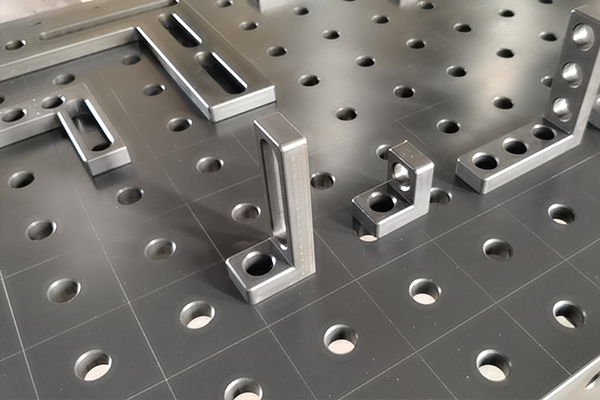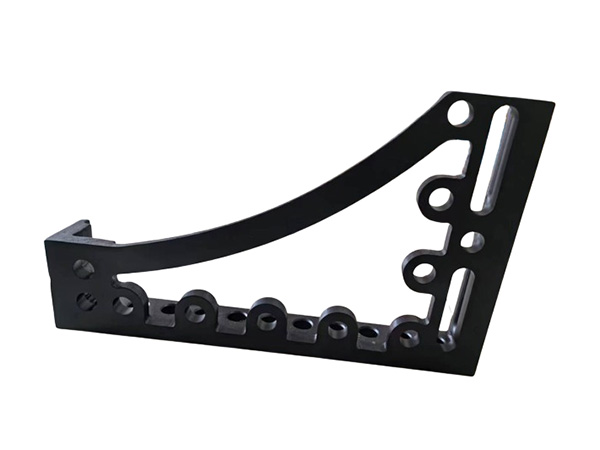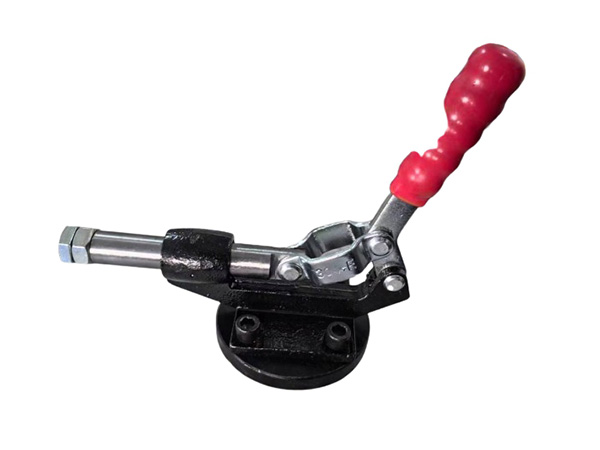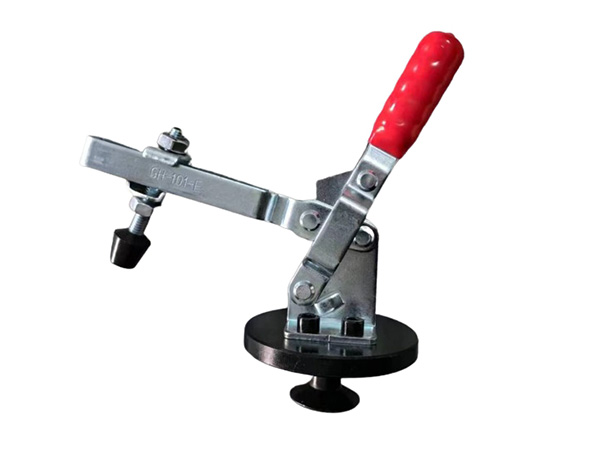- 网站导航 -
Address: Home > News > Technical documentation >
Structure Optimization and Cost Control for Welding Fixtures
Time:2024-10-15 04:25:09 Author:Fadetong Clicks:76Second-rate
In modern manufacturing, welding fixtures play a crucial role in ensuring product quality and enhancing production efficiency. With increasing market competition, businesses must not only aim for high-quality welding results but also focus on cost control. By optimizing the structure of welding fixtures, companies can achieve both increased production efficiency and reduced costs. This article explores how structural optimization can help control the costs of welding fixtures while ensuring effective production.
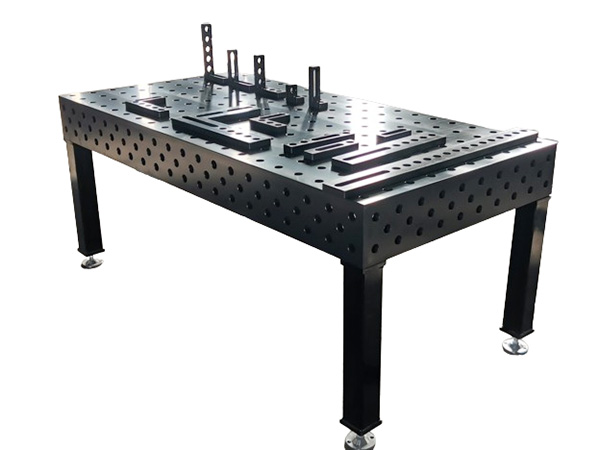
Importance of Structural Optimization for Welding Fixtures
The design of welding fixtures directly impacts the stability and precision of the welding process. An optimized structure can minimize welding defects, ensuring that workpieces remain stable and unwarped during welding. Additionally, an optimized structure can reduce operational complexity, enhancing worker efficiency. With the advancement of welding automation and smart manufacturing, structural optimization becomes increasingly important, particularly for multi-variety and small-batch production, where flexibility and adjustability are crucial.
1. Enhancing Fixture Flexibility
Flexibility is a key goal in optimizing welding fixtures. Through modular design and adjustable features, businesses can easily accommodate different types of workpieces, reducing downtime caused by fixture incompatibility. Modular designs also allow the use of the same fixture components for various welding tasks, reducing the need to purchase multiple sets of fixtures and lowering equipment investment costs.
2. Reducing Fixture Weight
Optimizing the structure of welding fixtures also involves reducing their weight. In automated welding systems, lighter fixtures can reduce the load on robots or mechanical arms, improving welding efficiency. Using new lightweight materials such as aluminum alloys or composite materials, companies can decrease the overall weight of welding fixtures without sacrificing structural strength.
3. Improving Fixture Durability
The long-term cost of welding fixtures is closely related to their durability. Structural optimization aims not only for lightweight and flexibility but also for enhancing durability in harsh production environments. Selecting heat-resistant, corrosion-resistant materials and employing sound mechanical design can significantly extend the fixture’s lifespan, reducing maintenance and replacement costs.
Cost Control: How Structural Optimization Reduces Welding Fixture Costs
In addition to improving production efficiency, structural optimization can effectively reduce costs. Here are several strategies for achieving cost control through structural optimization:
1. Standardized Design
Standardization is an effective way to lower manufacturing costs. By designing welding fixtures with standard components, companies can produce interchangeable parts in bulk, reducing the cost of custom fixtures. Standardization also simplifies maintenance and replacement, further reducing operational costs.
2. Modular Components
Modular design allows businesses to flexibly combine fixture components based on different welding tasks. This reduces the need to purchase multiple types of fixtures and lowers storage and maintenance costs. Additionally, modular components are easier to replace and upgrade, extending the overall lifespan of fixtures and reducing equipment replacement frequency and costs.
3. Optimized Production Processes
By optimizing fixture structures, companies can streamline welding processes and reduce welding operation times. This not only boosts production efficiency but also cuts labor costs. Particularly in automated welding, optimized fixtures can minimize downtime and welding defects, saving on subsequent rework expenses.
4. Use of Advanced Materials
Using cost-effective materials is another key strategy for controlling fixture costs. By balancing material performance and price, businesses can reduce material costs while maintaining fixture durability and stability. For example, replacing traditional steel with higher-strength, lighter alloy materials can extend the fixture’s lifespan and reduce energy consumption, thereby lowering overall production costs.
Real-World Examples of Fixture Optimization
Through structural optimization, many manufacturing companies have significantly improved efficiency and reduced costs. For instance:
An automotive manufacturer adopted modular welding fixture designs to quickly adapt to different vehicle models. This reduced downtime associated with fixture changes, saving over 20% in annual costs.
An industrial equipment producer used lightweight composite materials and optimized structural design to increase fixture lifespan by 30% and lower production costs by 30%, greatly enhancing market competitiveness.
Why Choose Us?
In today's competitive market, selecting the right welding fixture partner is crucial. We specialize in structural optimization and cost control for welding fixtures, providing efficient, flexible, and economical welding solutions. Our products feature advanced design principles and rigorous quality control to ensure excellent performance in diverse production environments.
Choosing us means you will receive:
Custom Design: Tailored welding fixtures to meet your specific needs for optimal fit.
Advanced Materials: Use of the most suitable cost-effective materials to ensure durability and cost control.
Quick Response: A professional after-sales team available to provide technical support and problem resolution.
Contact us today to learn more about our welding fixture optimization solutions. Let us help you maintain high quality while controlling costs and enhancing production efficiency!

